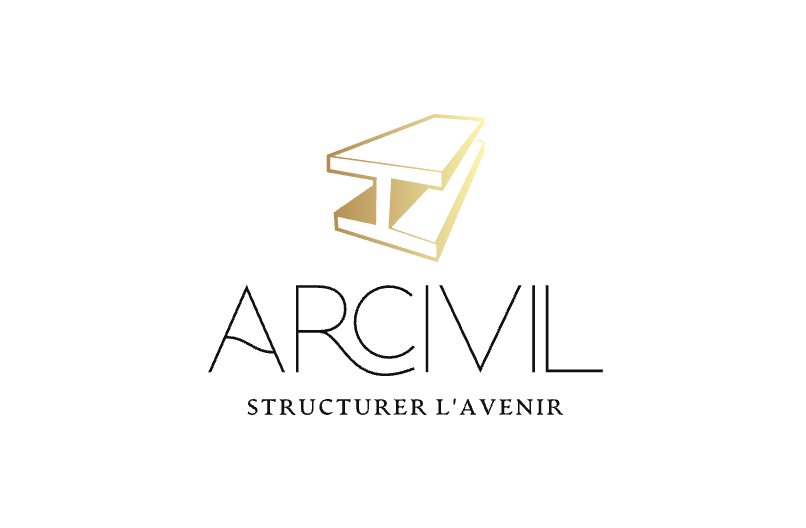In the rapidly-evolving world of technology, smart devices are seamlessly integrating into various industries, aiming to enhance efficiency, productivity, and convenience. The architectural industry is certainly no exception to this trend. Architects now have the ability to incorporate smart technology into buildings, creating what can be referred to as a “diagnostic structure” – a modern marvel that not only provides a comfortable and sustainable living or working space but also offers health and safety benefits.
The concept of a diagnostic structure involves the integration of Internet of Things (IoT) devices and sensors throughout the building, enabling real-time monitoring, data collection, and analysis. These smart devices can be seamlessly embedded into various aspects of the building, such as lighting systems, HVAC (Heating, Ventilation, and Air Conditioning), security systems, and even furniture.
One essential element in a diagnostic structure is the implementation of a smart energy management system. By using IoT devices, architects can design buildings that efficiently use energy while minimizing wastage. Sensors can detect occupancy levels in rooms and adjust lighting and temperature accordingly, optimizing energy consumption. Moreover, these smart energy management systems can provide real-time data on energy usage, allowing building owners to understand their consumption patterns and make informed decisions on reducing their carbon footprint.
Ensuring the safety and well-being of occupants is equally important in a diagnostic structure. Smart sensors can monitor air quality, detect harmful gases or chemicals, and promptly alert occupants and building administrators about potential dangers. Additionally, these sensors can also monitor water quality and detect leaks or water damage, allowing for swift action to prevent further damage or health risks.
Another crucial aspect of a diagnostic structure is the integration of smart security systems. Architects can incorporate smart surveillance cameras, access control devices, and motion sensors to enhance the security of the building. The integration of these devices with a central monitoring system allows for real-time analysis, ensuring prompt response to any suspicious activities.
In addition to the aforementioned benefits, a diagnostic structure can elevate the user experience within the building. By integrating smart devices into furniture and fixtures, architects can create spaces that adapt to the needs and preferences of individuals. For example, smart mirrors can adjust lighting and display personalized information, while smart desks can adjust height and temperature. These personalized features provide a more comfortable and productive environment for occupants.
As technology continues to advance, architects have the opportunity to revolutionize the building industry by embracing smart technology and incorporating it into their designs. A diagnostic structure truly represents the future of buildings, offering not only sustainable living or working spaces but also ensuring the health, safety, and well-being of the occupants. By seamlessly integrating IoT devices and sensors into various aspects of the building, architects can create a harmonious blend of technology and architecture that caters to the evolving needs of the modern world.
Publisher Details:
Bureau d’étude structure ARCIVIL à Paris
https://www.bureaudetudes-arcivil.com/
Arcivil est un bureau d’étude structure basé à Paris, spécialisé dans l’ingénierie et le diagnostic des structures en béton, en bois et en charpente métallique de tous types de bâtiments

